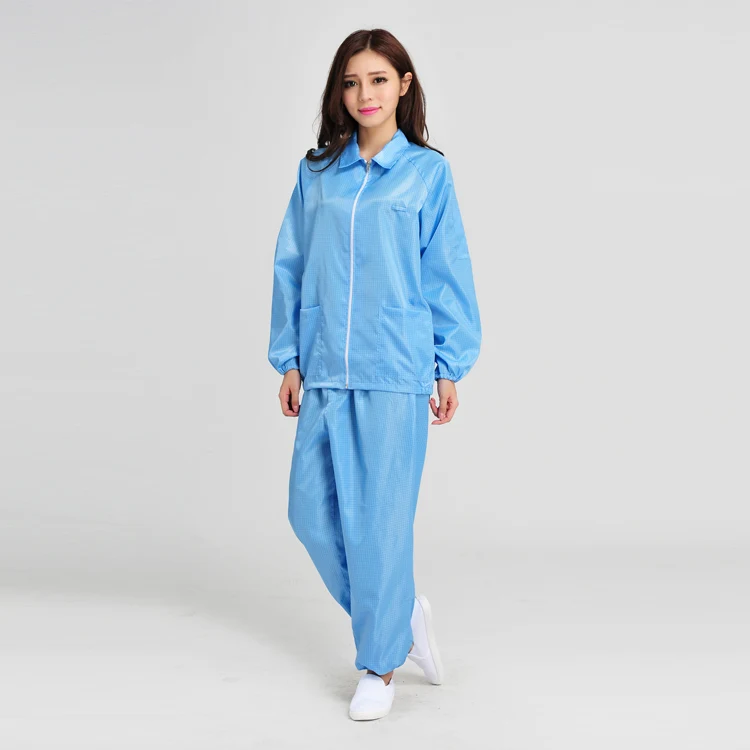How to Choose the Best Antistatic Cleanroom Coveralls for Your Needs
2024-11-20
Selecting the right antistatic cleanroom coveralls is crucial for ensuring optimal performance in sensitive environments. With various options available, understanding the key factors to consider can make all the difference. In this blog, we’ll guide you through the process of choosing the perfect coveralls for your industry.
Why Are Antistatic Cleanroom Coveralls Important?
Cleanroom coveralls do more than provide protection; they are a vital part of contamination control and static prevention. These garments are specifically designed to:
- Minimize Particle Shedding: Prevent personnel from introducing contaminants.
- Control ESD: Safeguard sensitive electronic components from damage.
- Enhance Safety: Protect workers from hazardous substances in cleanroom environments.
Factors to Consider When Choosing Antistatic Cleanroom Coveralls
1. Material Composition
- Opt for fabrics with conductive fibers that dissipate static electricity.
- Look for lint-free materials like polyester or nylon blends to ensure particle control.
2. Cleanroom Classification
- Ensure the coveralls meet the required ISO Class standards for your environment (e.g., ISO Class 3 for ultra-clean environments).
3. Design Features
- Seam Type: Fully sealed seams reduce the risk of contamination.
- Closure Mechanisms: Zippers, elastic cuffs, and hood options enhance the barrier.
- Fit: A snug fit minimizes movement-related particle release.
4. Durability
- Choose reusable or disposable coveralls based on your operational needs and budget.
5. Compliance and Certification
- Verify that the coveralls meet international standards such as EN 61340-5-1 for ESD protection.
Reusable vs. Disposable Cleanroom Coveralls
- Reusable Coveralls
- Cost-effective over time.
- Require specialized laundering to maintain antistatic properties.
- Ideal for high-class cleanrooms with stringent requirements.
- Disposable Coveralls
- Convenient and hygienic for one-time use.
- Suitable for lower-class cleanrooms or tasks involving hazardous substances.
Top Tips for Effective Use
1. Proper Handling
- Avoid touching the exterior to prevent contamination during donning and doffing.
2. Regular Inspection
- Check for damage or wear before each use to ensure effectiveness.
3. Training
- Provide employees with training on the proper use and disposal of coveralls.
Emerging Trends in Antistatic Cleanroom Coveralls
- Smart Textiles: Integration of sensors to monitor static levels and garment performance.
- Sustainable Options: Development of eco-friendly, biodegradable materials for disposable coveralls.
- Enhanced Comfort: Innovations in breathable and stretchable fabrics for improved wearability.
Choosing the right antistatic cleanroom coveralls requires careful consideration of material, design, and compliance requirements. By investing in high-quality garments tailored to your specific needs, you can ensure safety, efficiency, and regulatory compliance in your cleanroom operations. Stay ahead of the curve by keeping an eye on emerging technologies that further enhance these essential protective garments.



